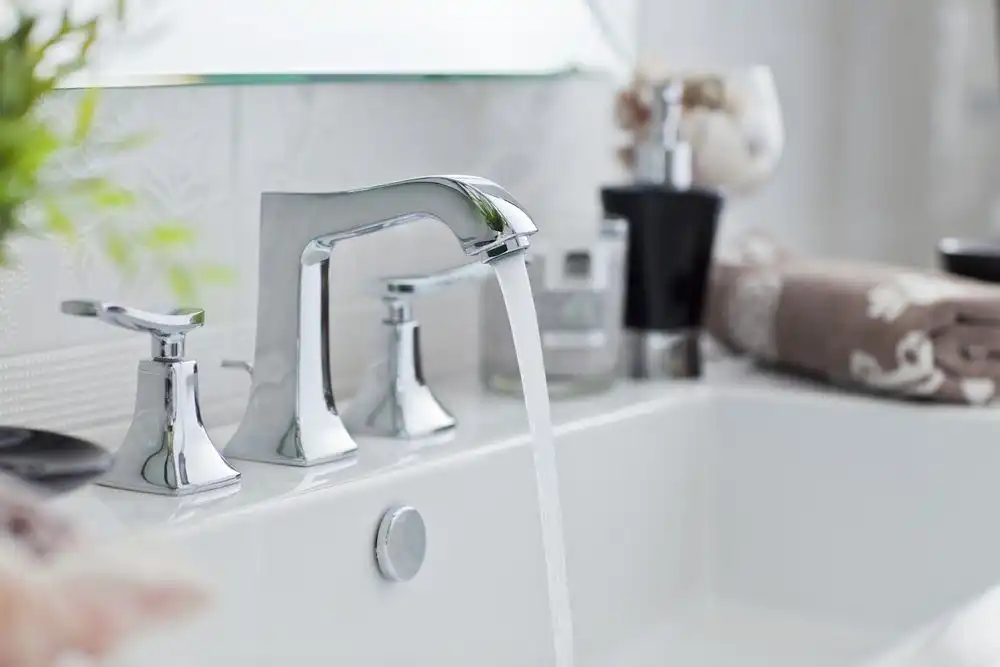Earlier this month, we published a blog post where we talked about the importance of water softening. Hard water, while not particularly unhealthy, can cause unsightly and inconvenient issues for your plumbing. One of these problems is the buildup of calcium deposits and lime scale, which presents itself as a white, chalky buildup around your faucets or in your bathtub. Too much lime scale buildup can also cause a decrease in your water pressure. To limit damage, you’ll want to invest in a quality water softener. But how do they work?
Ion Exchange
Water softeners all use the same operating principal. A water softener is a mechanical appliance that is integrated directly into your home’s water supply system, and they trade calcium and magnesium for something else, usually sodium. This process is called an ion exchange.
Calcium and Magnesium both carry a positive charge, and within a water softener’s mineral tank, they cling to polystyrene beads within the system called resin or zeolite. The hard water passes through the mineral tank and the sodium ions drive the calcium and magnesium off the beads.
Benefits of Water Softening
When soap is used with hard water, it forms a scum due to its reaction with the calcium and magnesium compounds in the water. Therefore, you may find that you have to use more soap to feel clean, or rewash dishes because the hard water leaves spots on them. Water softening can actually prevent the buildup of lime scale in your pipes and can also prevent soap scum buildup in your shower, bathtub, and bathroom sinks. Lastly, water softening can help your dishes come out cleaner after washing, as they won’t have those pesky water spots on them.
For water softening services in Rio Rancho, NM, contact Roadrunner Air Conditioning, Heating & Refrigeration today.








